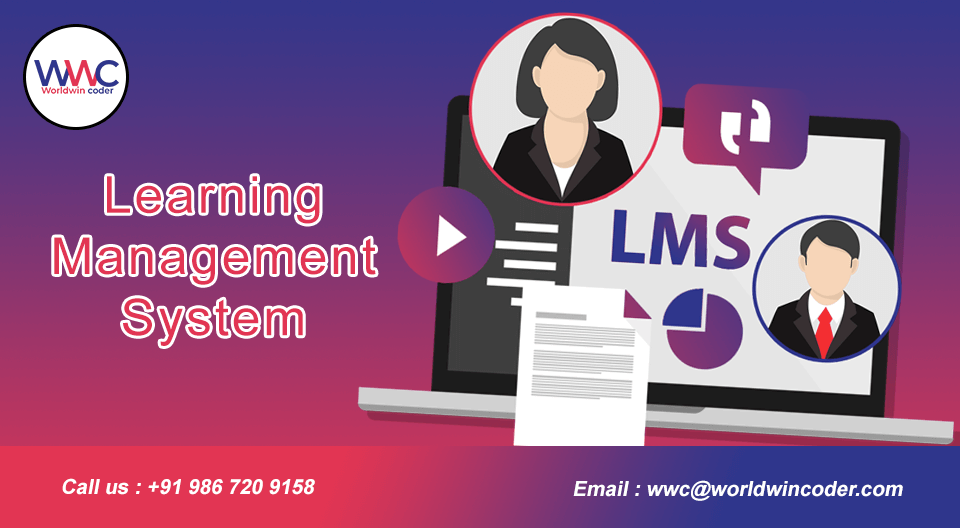In the digital age, Learning Management Systems (LMS) have revolutionized education and training. Whether you’re an educational institution, a corporation, or an individual looking to enhance your skills, selecting the best LMS system is crucial. With an abundance of options available in the market, finding the perfect fit for your specific needs can be challenging. In this extensive guide, we’ll delve deep into the world of LMS systems, dissecting what makes an LMS the best, exploring essential features, and highlighting the top LMS systems available today.
Chapter 1: The Significance of LMS Systems
Before we dive into the nitty-gritty of LMS systems, let’s understand why they hold such a vital role in modern education and training.
1.1 The Evolution of Learning
Traditional classroom setups have given way to online education, remote work, and the gig economy. Learning is no longer confined to a physical space. LMS systems facilitate this shift by offering anytime, anywhere learning.
1.2 Advantages of an LMS
- Scalability: LMS systems allow institutions and organizations to expand their training and educational programs efficiently.
- Accessibility: Learners can access course materials and resources at their convenience.
- Cost-Efficiency: LMS systems reduce the need for physical infrastructure and printed materials.
- Data Insights: They provide valuable data on learner performance for continuous improvement.
- Personalization: LMS systems tailor learning experiences to individual needs.
- Compliance: They ensure regulatory and compliance requirements are met.
Chapter 2: Key Criteria for Evaluating LMS Systems
What distinguishes the best LMS systems from the rest? Let’s explore the essential criteria that should guide your decision.
2.1 User-Friendly Interface
Intuitiveness is paramount. Users should be able to navigate the system effortlessly, access content, and track progress without encountering a steep learning curve.
2.2 Content Management
The ability to create, upload, and organize various types of content (text, videos, quizzes, etc.) is critical. Look for LMS systems that support multimedia content and offer robust content management tools.
2.3 Customization and Branding
The best LMS system allow you to customize the platform to match your branding, ensuring a seamless and consistent experience for your learners.
2.4 Mobile Compatibility
In an increasingly mobile world, your LMS system should be accessible on various devices, including smartphones and tablets, with responsive design.
2.5 Collaboration and Social Learning
LMS systems that promote collaboration through discussion forums, chat features, and social learning communities can greatly enhance the learning experience.
2.6 Assessment and Reporting
Robust assessment tools, including quizzes, assignments, and surveys, should be available. Additionally, the system should provide detailed reporting and analytics to track learner progress.
Chapter 3: Top LMS Systems in the Market
3.1 Moodle
Moodle is an open-source LMS known for its flexibility and customization options. It’s widely used in the education sector and offers a range of features for course creation, content management, and assessment.
3.2 Canvas LMS
Instructure’s Canvas LMS is highly regarded for its user-friendly interface and powerful tools. It’s popular in both education and corporate settings, offering features like video conferencing integration and mobile accessibility.
3.3 Blackboard Learn
Blackboard Learn is a long-established LMS with a strong presence in the education sector. It’s known for its comprehensive suite of tools for course design, assessment, and student engagement.
3.4 Adobe Captivate Prime
Adobe Captivate Prime is part of Adobe’s suite of eLearning tools. It’s recognized for its sleek interface and robust content creation capabilities, making it a great choice for organizations.
3.5 Docebo
Docebo is a cloud-based LMS that focuses on user-friendly design and scalability. It’s ideal for businesses looking to deliver employee training and offers advanced reporting and analytics.
Chapter 4: Choosing the Right LMS System for Your Needs
4.1 Define Your Requirements
Begin by identifying your specific needs, including the number of learners, types of content, and desired features.
4.2 Consider Budget
LMS systems vary in price, so take your budget into account and weigh it against the value the system provides.
4.3 Trial Period
Many LMS providers offer trial periods. Utilize these trials to test the platform’s suitability for your needs.
4.4 User Feedback
Research user reviews and seek feedback from peers who have experience with the LMS systems you’re considering.
Conclusion
Selecting the best LMS system for your needs is a pivotal decision that can significantly impact the success of your educational institution or organization. By understanding the key features, evaluating top LMS systems, and conducting thorough research, you can make an informed choice that aligns with your goals. Remember, the best LMS system is the one that empowers your learners and helps you achieve your desired outcomes.
In this ever-changing world, investing in a robust LMS is a step toward staying competitive and fostering continuous learning and growth. So, embark on this journey to find the best LMS system for your unique needs and unlock the potential for success in education and training. Your learners and your organization will thank you for it.

